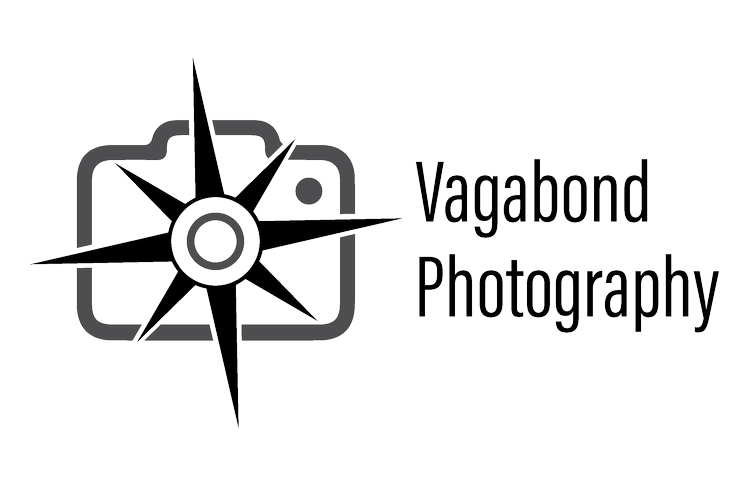Look, Listen and Live
As a photographer, we are here to create lasting images that our clients will love forever. In today’s world though it seems we have forgotten about keeping them safe in some circumstances. I will be the first to admit I will go to almost any lengths to get the precious shot my clients want.
Though a recent horrific event for one photographer has been a reminder for most to stay away from active railroad lines. Per CNN on March 16 a young aspiring model was struck and died from passing by train (full story) in Texas. Occurrences such as this happen more than I would ever like to admit. Tragic events like this seems to make the news at least once a year and it runs the same, a model or photographer were killed by a passing train while photographing on the tracks. Also, through online messages boards or magazine stories, close calls happen way more frequently than most people know about.
I grew up around railroad yards in Central Wisconsin and as a kid we played around the railroads which was a big no no. As I got older, I learned that our normal waitress at a place called the Little Pink Restaurant had lost her leg while playing around the trains as a teenager. Also, there were several incidents in the early 90’s where trucks would go through the railroad grade crossings and get taken out by a locomotive from the Green Bay and Western or the Chicago and Northwestern and later on the Wisconsin Central.
Having grown up around events like this has made me appreciate the fact that we as photographer should offer something different to our clients. Yes, it is easy to go to a set of steel rails polished by hundreds of trains a week or to a trestle with a scenic view where you don’t know the schedule of the intermittent trains but it’s not safe and it is a major risk we take. As big as those giant work horses of industry are, they are fairly quiet and can sneak up on you quickly. At first one hears a light humming in the distance and then the next before one knows it right there and you might be left without a place to run to, too get out of the way.
In 2016 according to Operation Lifesaver and the FRA, in Wisconsin, we had 46 vehicle vs train collisions resulting in two deaths and 15 injuries as reported. Which raked Wisconsin in the top 15 in the US, while this isn’t a lot but it is significant but it is down overall. Granted we were lucky and didn’t have any people vs trains due to trespassing in our state in 2016 in Illinois they had 22 person vs train related deaths due to trespassing on the rails. But here is some food for thought for photographers from 2015 to 2016 there was increase in trespassing on the rails by 14.5%, deaths were up by 12.8% and overall injuries by 16.4%. Also, the fines are not cheap fines according to Wisconsin statute 192.32 starts at $100 a person but can vary by county/municipality and go up from there. So, if it’s you, a model and assistant the fine can be as little as $300 in total fines. Also in some locations in Milwaukee and some other major cities you could end up in jail plus a fine.
For that photographer in Texas I feel so sorry for them because it something they have to live with and I hope like hell it never happens again to any photographer.
As events like these become more prevalent why don’t we as a community say, hey we’re not going to work in those locations anymore? Is it worth it?
